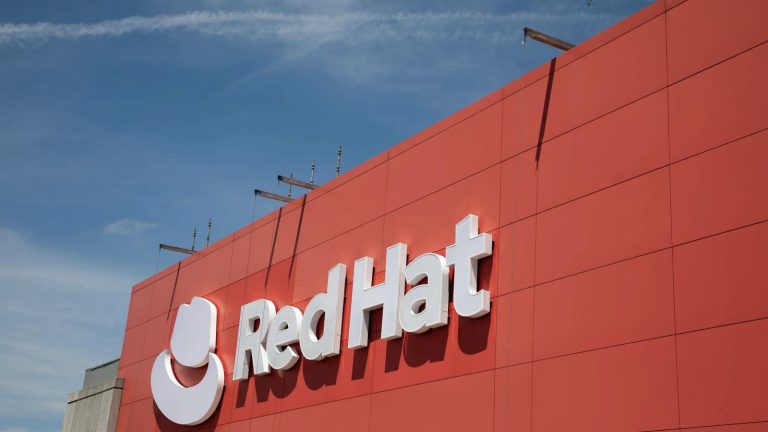As one of the world’s most popular providers of open source solutions, RedHat has been doing a lot in the domain of emerging tech. Earlier this year, the tech giant announced the general availability of Red Hat CodeReady Workspaces as a step forward to improving open-source AI. Some of the other popular infrastructures provided by RedHat are RedHat Enterprise Linux (RHEL), OpenShift Container Platform, OpenStack Platform, Ansible Automation Platform, among others.
Built by Google, Kubernetes (K8s) is an open-source system for automating deployment, scaling, and management of containerised applications. This system has made the deployment and development of software easier than ever. A number of popular organisations have been working on Kubernetes due to its promise of future computing.
RedHat has also been a part of the Kubernetes family. It offers Red Hat OpenShift which is a Platform-as-a-Service an enterprise-ready Kubernetes container platform with full-stack automated operations to manage hybrid cloud and multi-cloud deployments. This platform is mainly optimised to improve developer productivity and promote innovation.
Furthermore, earlier this year, the open-source solution provider announced the general availability of Red Hat CodeReady Workspaces. Based on the open-source Eclipse Che integrated development environment (IDE) project, CodeReady Workspaces is a Kubernetes-native, browser-based development environment that enables smoother collaboration across the development team.
This development environment is mainly designed to provide enterprise development teams with a shareable developer environment which includes the tools and dependencies needed to code, build, test, run and debug container-based applications. It can be said as the first IDE which runs inside a Kubernetes cluster and manages the developer code.
At the recently-concluded KubeCon + CloudNativeCon event, RedHat announced the release of CodeReady Workspaces 2.0. This new release includes a number of intuitive features which enhances the developer’s experience. With the cloud-native development workflow for developers, CodeReady Workspaces 2.0, the development teams can collaborate more efficiently by centralising development environment configuration and working in replicable OpenShift containers for development work.
The CodeReady Workspaces 2.0 not only includes the most loved features of CodeReady Workspaces 1.0 such as the powerful in-browser integrated development environment (IDE), centralised one-click developer workspaces, Lightweight Directory Access Protocol (LDAP), Active Directory (AD), OpenAuth support, among others, but also it contains some new features which are mentioned below.
- Air-Gapped Installs: This feature will enable CodeReady Workspaces to be downloaded, scanned and moved into more secure environments when access to the public internet is limited or unavailable. It doesn’t “call back” to public internet services.
- An Updated User Interface: This feature brings an improved desktop-like experience to the developers.
- Support For VSCode Extensions: VS code is one of the popular code editors and the CodeReady Workspaces 2.0 allows developers access to thousands of IDE extensions.
- Devfile: Devfile is a shareable workspace configuration which specifies repositories, runtimes, build tools and IDE plugins, and is stored and versioned with the code in Git.
- Production Consistent Containers For Developers: This feature clones the sources where it is needed and adds development tools such as debuggers, unit test tools, builds tools, language servers, etc. as sidecar containers in order to run the application container mirrors production.
Wrapping Up
The use of CodeReady Workspaces 2.0 will provide a number of benefits to the developers. Due to the in-browser IDE, the source code remains more secure inside the Kubernetes cluster. This will help in improving the production speed of software. There is also an administrative dashboard which supports the developers to have centralised management tools as well as monitor the developers’ workplace performance.



















































































